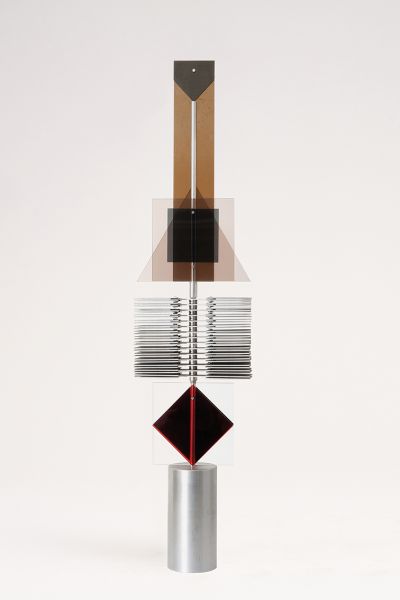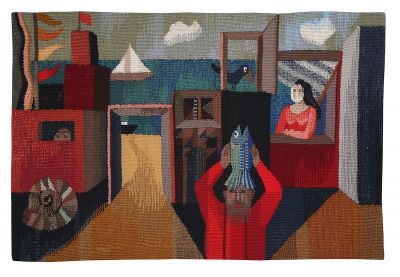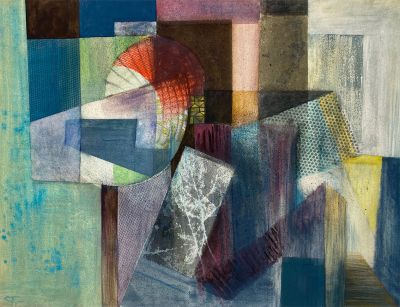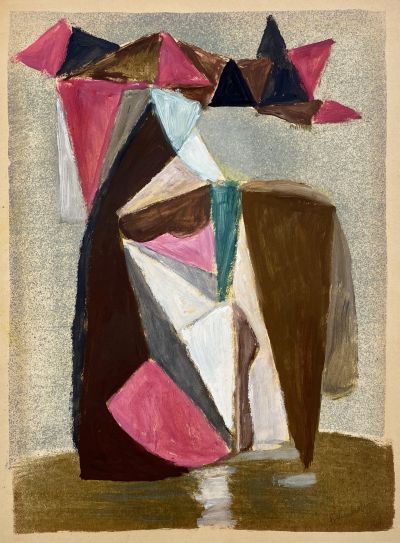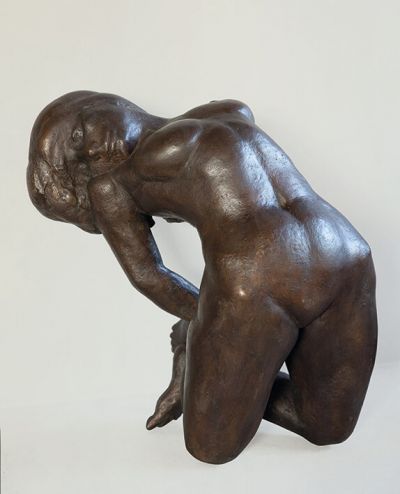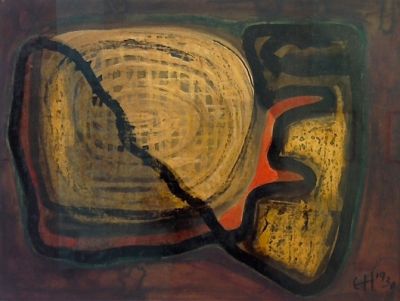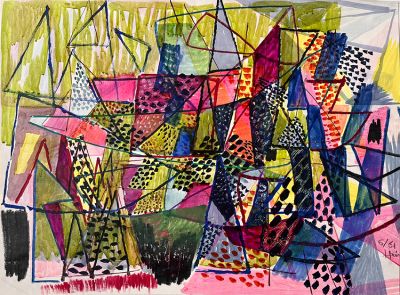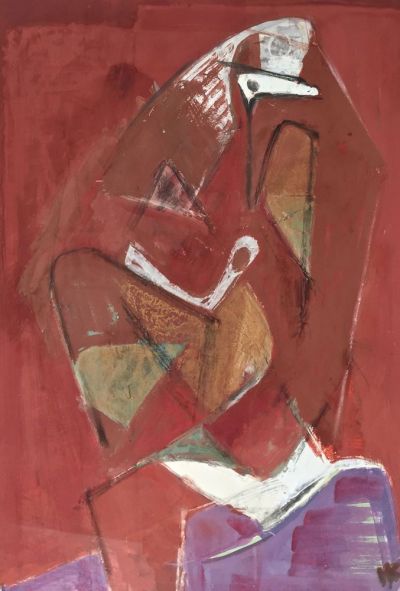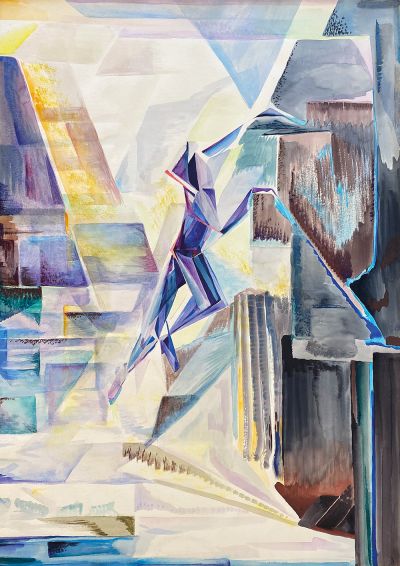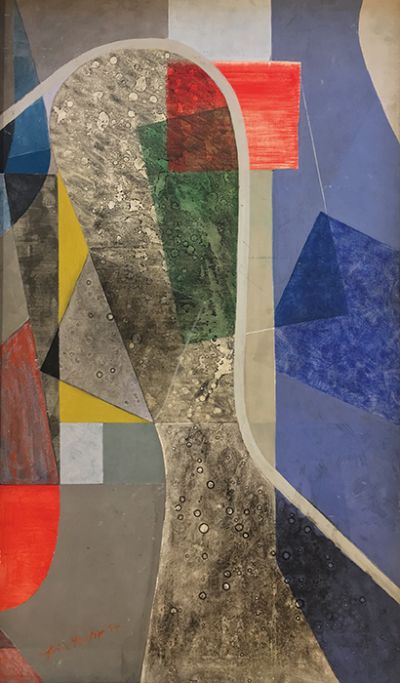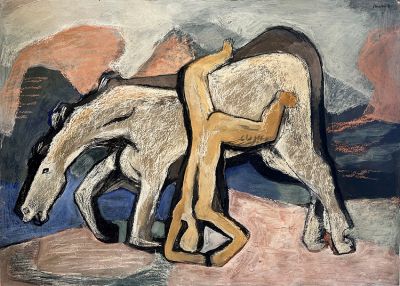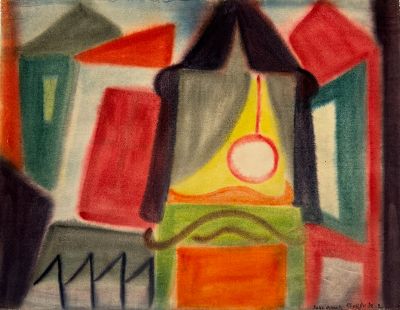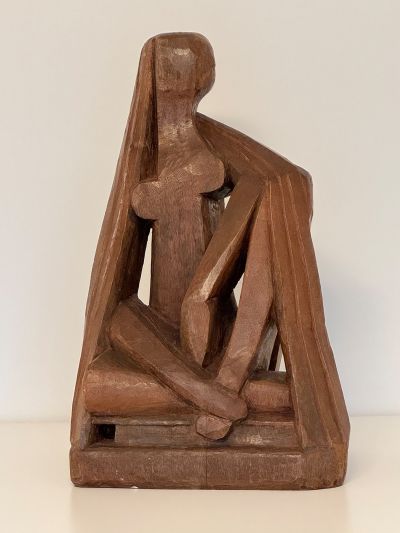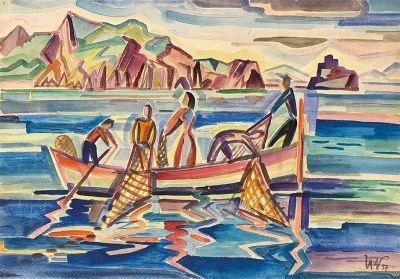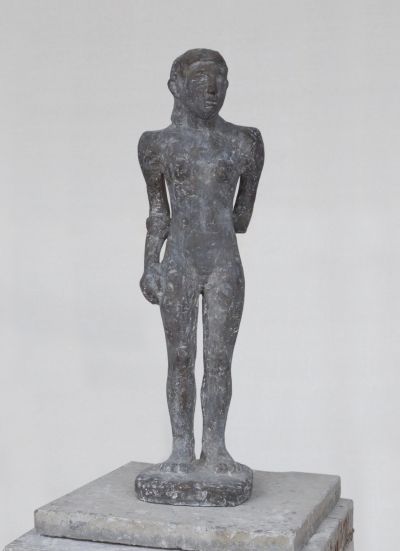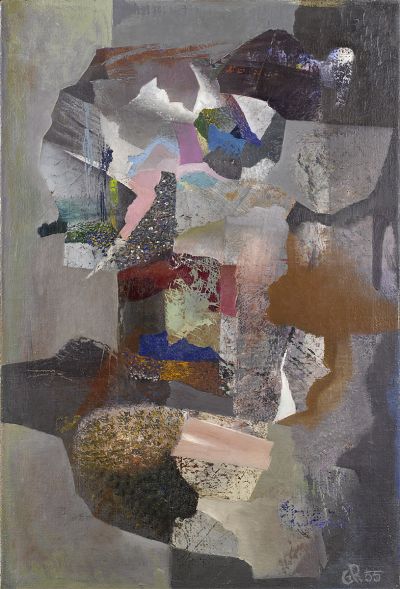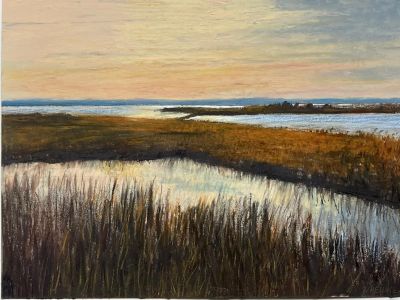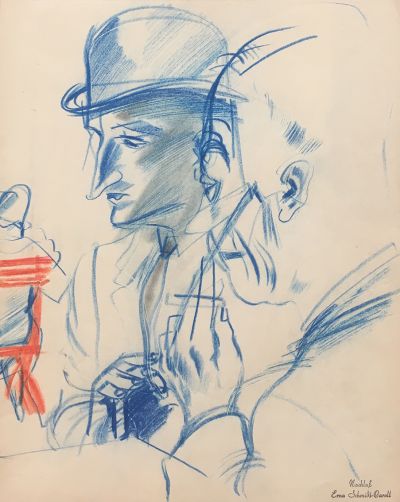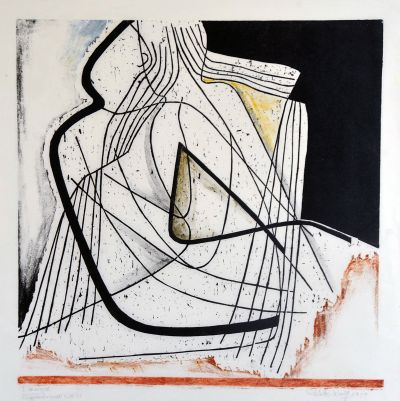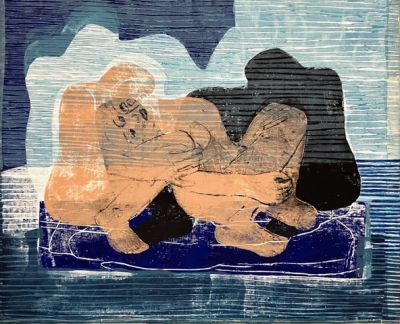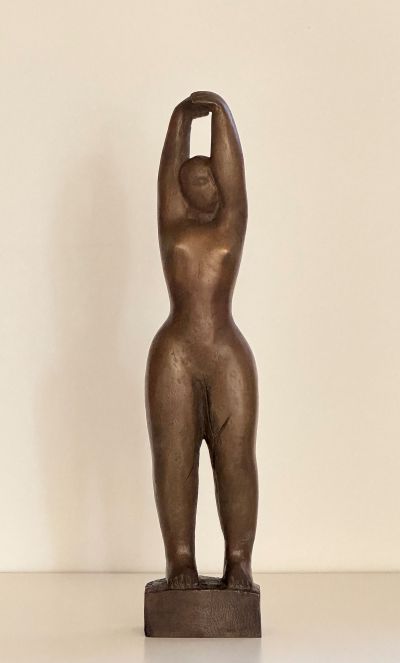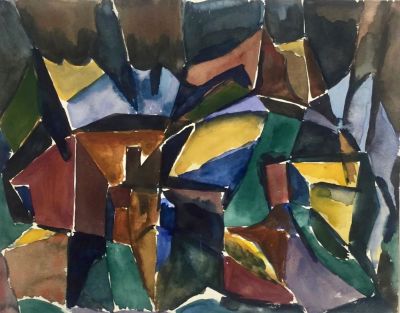On 3 December 1918, in Berlin, visual artists, writers, architects, and film-makers founded the November Group. Its name refers to the revolutionary events of November 1918 in Germany. The members of the group saw themselves as “revolutionaries of the mind”. They wanted to play an active part in the shaping society, mainly in the sphere of arts, and to be “radical as to the use of new means of expression”. From 1918 to 1922 the group, which existed until 1933, experienced their most powerful period, reflected in an unprecedented variety of styles and artistic experiments.
On the annual Great Berlin Art Exhibition the group had a room of their own, where German and European avant-garde presented their works. The artists’ association also organized their own periodical exhibitions, often together with members of their local branches, as the groups Rih and Üecht.
Principal initiators of the November Group were Max Pechstein, César Klein, Georg Tappert, Moriz Melzer, and Heinrich Richter-Berlin.
Among the major artists of the November Group there were Wassily Kandinsky, Heinrich Campendonck, Lyonel Feininger, Otto Freundlich, Paul Klee, Käthe Kollwitz, Hugo Häring, Erich Mendelsohn, Ludwig Mies van der Rohe, Alban Berg, Kurt Weil, and Bertold Brecht.
At the end of National Socialism and World War II there began a new era in visual arts. The USA became a centre of avant-garde trends, not least because of those artists who had emigrated from Europe after 1933. But in Europe, too, in the decades that followed, artists developed existing art movements and created new styles. Influenced by humanistic traditions, visual artists in Germany after 1945 attempted to critically come to terms with the recent past. With the aim to dissociate themselves from the art of National Socialism, they developed a broad spectrum of stylistic approaches. Representatives of the “zero hour” included the vocabulary of international modernism into their work, other artists continued the pre-1933 art.
Following the partition of Germany, their mutual inspiration got lost. The cold war had consequences for art, too. In the FRG, the nonrepresentational, abstract art set the tone, as an expression of freedom. In the 1950s there started a countermovement in the USA and Europe. A large number of artists returned to the figurative.
In the GDR, official cultural policy demanded visual artists to become followers of socialist realism. Those who failed to follow this trend had to face exclusion. Nevertheless, many artists followed their personal convictions and their own style. Within the guidelines of socialist realism, some painters found their own way of expression, a way that comprises various stylistic forms. This mode of painting became known in the 1970s and 1980s as the “Leipzig School”. Thanks to that trend, the art of the GDR gradually started to open itself up to influences that did not correspond with the canon of social realism.
In visual arts and architecture, the concept of Classical Modern Art refers to the pioneering trends developing between 1900 and 1937. Whereas in the 19th century a plurality of styles caused the revival of past arts schools, in the first half of the 20th century, a multitude of new art styles revolutionised everything that had existed so far. Independently from each other, artists of different nationalities abandoned traditional styles, as e.g., representational painting and sculpting, in order to find out the truth behind the objects. Fauvism, cubism, constructivism, futurism, expressionism. dadaism, supremacism, and surrealism are among the major new art movements. Following their seizure of power in Germany, the National Socialists enforced the end of Classical Modern Art, i.a. by the propaganda exhibition “Degenerate Art”, or by the exclusion of artists from taking part in exhibitions, or their professional disqualification.
The Staatliche Bauhaus was founded in 1919 by Walter Gropius as a art college in Weimar. As the keynote of his education, the architect Gropius focussed on construction as well as on the mutual cooperation of all arts in construction. Before teaching architecture was given top priority, mainly renowned painters and sculptors as Lyonel Feininger, Johannes Itten, Wassily Kandinsky, Paul Klee, Oskar Schlemmer and Gerhard Marcks were teaching at the college. Internationally, there was a strong demand for architects who had graduated from the Bauhaus; other graduates obtained high recognition for their artistic performance as painters, sculptors, and photographers.
Up to its liquidation by the National Socialists in 1933, the Bauhaus had developed into a home of the avant-garde in all liberal and applied arts. Its all-embracing creative principles gained national as well as international acceptance, marking the Classical Modern Art in architecture, art and design, and influencing, up to now, the work of artists in different fields.
